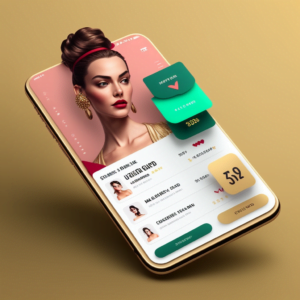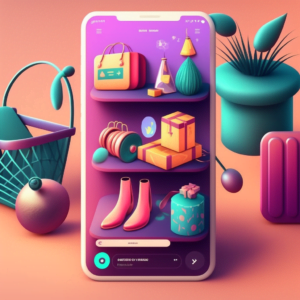Did you ever play that telephone game as a kid, where messages get lost or distorted as they pass down the line? Now imagine your customers playing this game while trying to navigate your business across multiple platforms. Sounds like a potential disaster, right?
That’s where an effective omnichannel marketing strategy comes in, ensuring a smooth and consistent communication line with your customers across all touchpoints. Let’s deep dive into this game-changing approach and how you can implement it.

What’s Omnichannel Marketing All About?
Think of omnichannel marketing as the Shakespeare of the marketing world, telling a cohesive and captivating story across all platforms. Rather than disjointed monologues (think isolated marketing campaigns), your audience enjoys a seamless and interactive experience. But how does this work? And what are the key strategies for success? Glad you asked!
Understand Your Customer’s Journey
Mapping the customer journey is akin to planning a world tour – you need to understand your customer’s route, their stops, their interests. But instead of geographical locations, we’re looking at touchpoints – emails, social media, your website, or even in-store interactions.
Pro Tip: Make use of analytics and data-driven strategies to understand your customers’ behavior and preferences.
Leverage Technology to Unify the Experience
Omnichannel marketing isn’t just about being present on all channels; it’s about linking these channels. Thanks to technology, you can follow your customers from one touchpoint to the next, providing personalized interactions based on their previous engagements.
Hint: Tools like CRM and dynamic search ads can help you track and optimize these customer interactions.
Create Consistent Messaging Across Platforms
Consistency is the key to a successful omnichannel strategy. This goes beyond brand colors and logos – we’re talking about consistent messaging that aligns with your customers’ needs and values.
Optimize for Mobile First
Given that most customers use mobile devices for online browsing, a mobile-first strategy is essential. Think responsive design, mobile-friendly content, and seamless mobile shopping experiences.

Personalize and Target Accurately
Personalization is the heart of omnichannel marketing. Customers crave tailored experiences – something as simple as using a customer’s first name in an email can make a difference. Advanced tactics like segmented email lists, machine learning campaign optimization, and personalized product recommendations are also gold mines for customer engagement.
Prioritize Customer Service and Engagement
The customer experience doesn’t end once a purchase is made. With omnichannel marketing, customer service becomes an integrated part of the shopping experience, from FAQs and live chats to post-purchase follow-ups.
Q: What is omnichannel marketing?
A: Omnichannel marketing provides a seamless and unified customer experience across all touchpoints and channels, whether online or offline.
Q: Why is omnichannel marketing important?
A: It helps build stronger relationships with customers by providing a consistent and personalized experience, which can increase customer loyalty and drive higher revenues.
Q: How can I implement omnichannel marketing strategies?

A: Key strategies include understanding your customer’s journey, leveraging technology to unify the experience, maintaining consistent messaging across platforms, optimizing for mobile, personalizing experiences, and prioritizing customer service.
Q: How does omnichannel marketing differ from multichannel marketing?
A: While both approaches involve multiple channels, omnichannel marketing ensures a seamless and integrated customer experience across all these channels, whereas multichannel marketing may result in more isolated, disjointed customer interactions.
Got more questions or want to keep up with the latest digital marketing trends? Subscribe to our newsletter and let’s embark on this exciting journey together!
Don’t forget to visit d-dat.com for more quality and useful blog posts!







